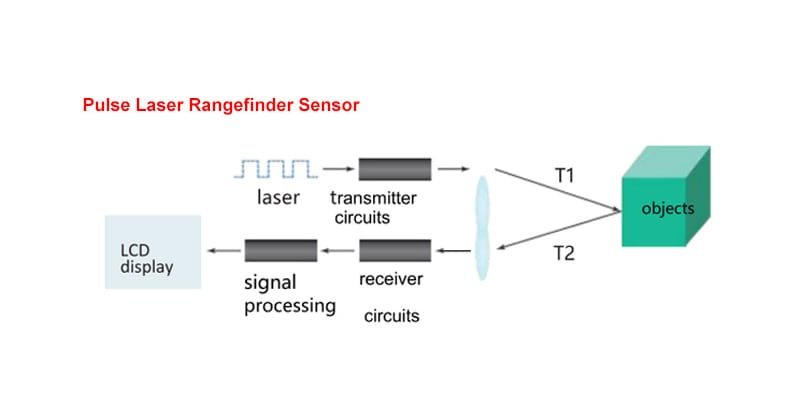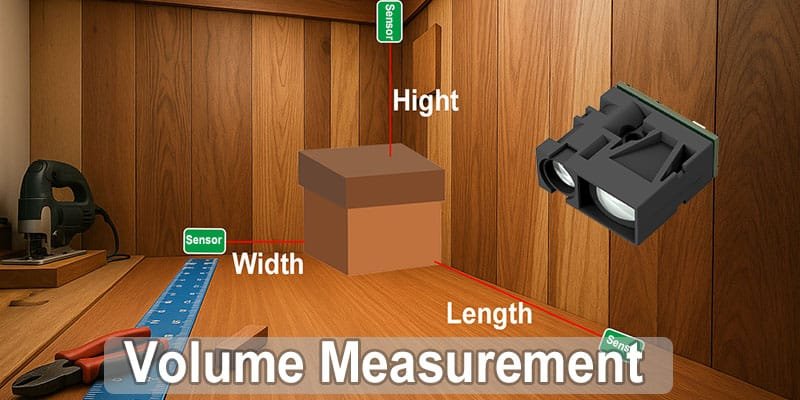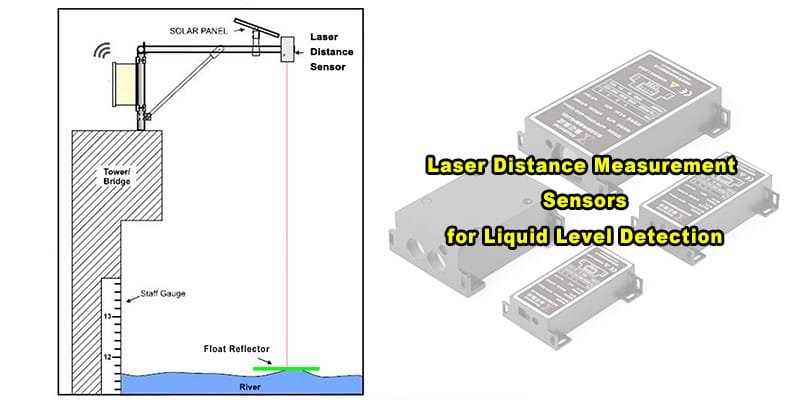How Do Laser Distance Sensors Work?
At the core of a laser distance sensor is a laser beam that is emitted and reflected back to the sensor. By measuring the time it takes for the light to travel to the object and back (time-of-flight), the sensor can calculate the distance with pinpoint accuracy. The key components involved in this process are:
Laser Diode: The sensor emits a focused beam of light using a laser diode.
Photodetector: This component captures the reflected light from the object.
Processor Unit: The time taken for the laser to bounce back is calculated by the processor, which then translates it into a distance reading.

Types of Laser Distance Sensors
There are different types of laser distance sensors, each suited for specific applications:
Time-of-Flight (ToF) Sensors: These are the most common and work by measuring the time it takes for the laser to reflect back to the sensor.
Phase-Shift Sensors: This type measures the phase difference between the emitted and reflected beams.
Triangulation Sensors: Used for shorter distances, this method calculates the angle of reflection to determine distance.
Advantages of Using Laser Distance Sensors
Laser distance sensors offer several advantages compared to traditional measurement methods:
Accuracy: They can measure distances with millimeter precision, even over long ranges.
Speed: The readings are almost instantaneous, making them ideal for fast-paced industrial environments.
Non-contact Measurement: Since there is no need to physically touch the object, they are perfect for measuring hazardous or unreachable areas.
Versatility: They work on a variety of surfaces, including reflective and non-reflective materials.
Applications of Laser Distance Sensors
These sensors are widely used across industries such as:
Manufacturing: To measure parts during production for quality control.
Construction: For measuring distances in building layouts or surveying.
Automotive: In collision detection systems for vehicles.
Robotics: Laser distance sensors help guide autonomous robots by providing spatial awareness.
Conclusion:
How Do Laser Distance Sensors Work? Laser distance sensors have revolutionized how distances are measured in both industrial and everyday applications. Their precision, speed, and versatility make them an indispensable tool in various sectors. As the technology continues to advance, we can expect even more innovative uses for these sensors in the future.
For more information about our products and customized solutions, contact us today to discover how we can help meet your specific measurement needs.






